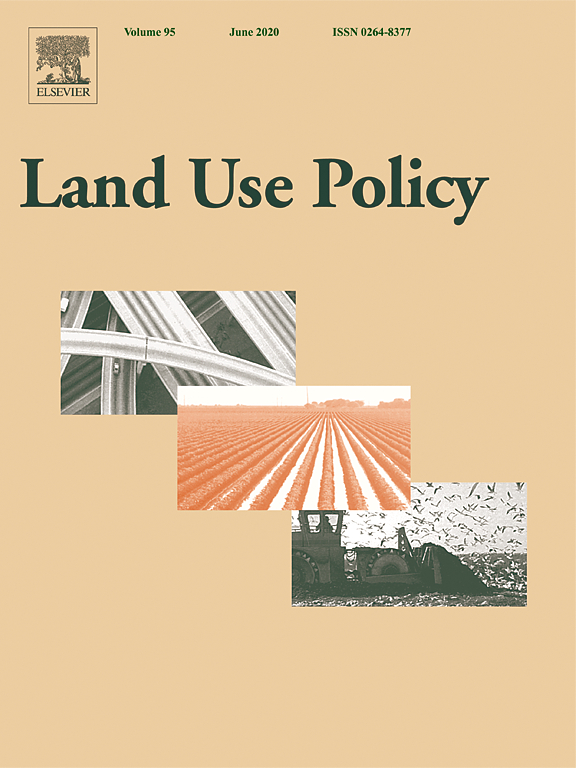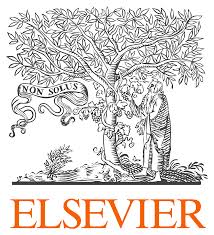Location
Land Use Policy is an international and interdisciplinary journal concerned with the social, economic, political, legal, physical and planning aspects of urban and rural land use. It provides a forum for the exchange of ideas and information from the diverse range of disciplines and interest groups which must be combined to formulate effective land use policies. The journal examines issues in geography, agriculture, forestry, irrigation, environmental conservation, housing, urban development and transport in both developed and developing countries through major refereed articles and shorter viewpoint pieces.
Land Use Policy aims to provide policy guidance to governments and planners and it is also a valuable teaching resource.
ISSN: 0264-8377
Members:
Resources
Displaying 251 - 255 of 279Policy relevance of Critical Zone Science
Critical Zone Science extends the definition of soils beyond the traditional pedogenetic processes. The critical zone, as the interface linking the lithosphere, the hydrosphere, the atmosphere and the biosphere matches well the concepts that have recently emerged, especially in Europe, in relation to the development of a new soil protection policy for the European Union.
Estimating the soil erosion cover-management factor at the European scale
Land use and management influence the magnitude of soil loss. Among the different soil erosion risk factors, the cover-management factor (C-factor) is the one that policy makers and farmers can most readily influence in order to help reduce soil loss rates. The present study proposes a methodology for estimating the C-factor in the European Union (EU), using pan-European datasets (such as CORINE Land Cover), biophysical attributes derived from remote sensing, and statistical data on agricultural crops and practices.
Feeding and housing the urban population: Environmental impacts at the peri-urban interface under different land-use scenarios
The environmental consequences of the decision to urbanise and displace peri-urban (PU) food production are not typically evaluated within a comprehensive, cross-sectoral approach. Using a novel application of life cycle assessment (LCA) within exploratory scenarios, a method for integrating housing and food production land uses in PU regions is proposed, based on relative environmental impacts.
Exploring watershed conservation and water governance along Pangani River Basin, Tanzania
Water scarcity is among the contemporary problems of our time across the globe. The problem is worsened by policy failures to enforce water governance and watershed conservation. Consequently, it has curtailed the capacity of watersheds to release hydrological services, water in particular. We carried out this study to explore approaches for watershed conservation and investigate water governance challenges in Pangani River Basin, Tanzania. We collected data by using structured questionnaires and meetings with different actors in the study area.
Functional Land Management for managing soil functions: A case-study of the trade-off between primary productivity and carbon storage in response to the intervention of drainage systems in Ireland
Globally, there is growing demand for increased agricultural outputs. At the same time, the agricultural industry is expected to meet increasingly stringent environmental targets. Thus, there is an urgent pressure on the soil resource to deliver multiple functions simultaneously. The Functional Land Management framework (Schulte et al., 2014) is a conceptual tool designed to support policy making to manage soil functions to meet these multiple demands. This paper provides a first example of a practical application of the Functional Land Management concept relevant to policy stakeholders.



